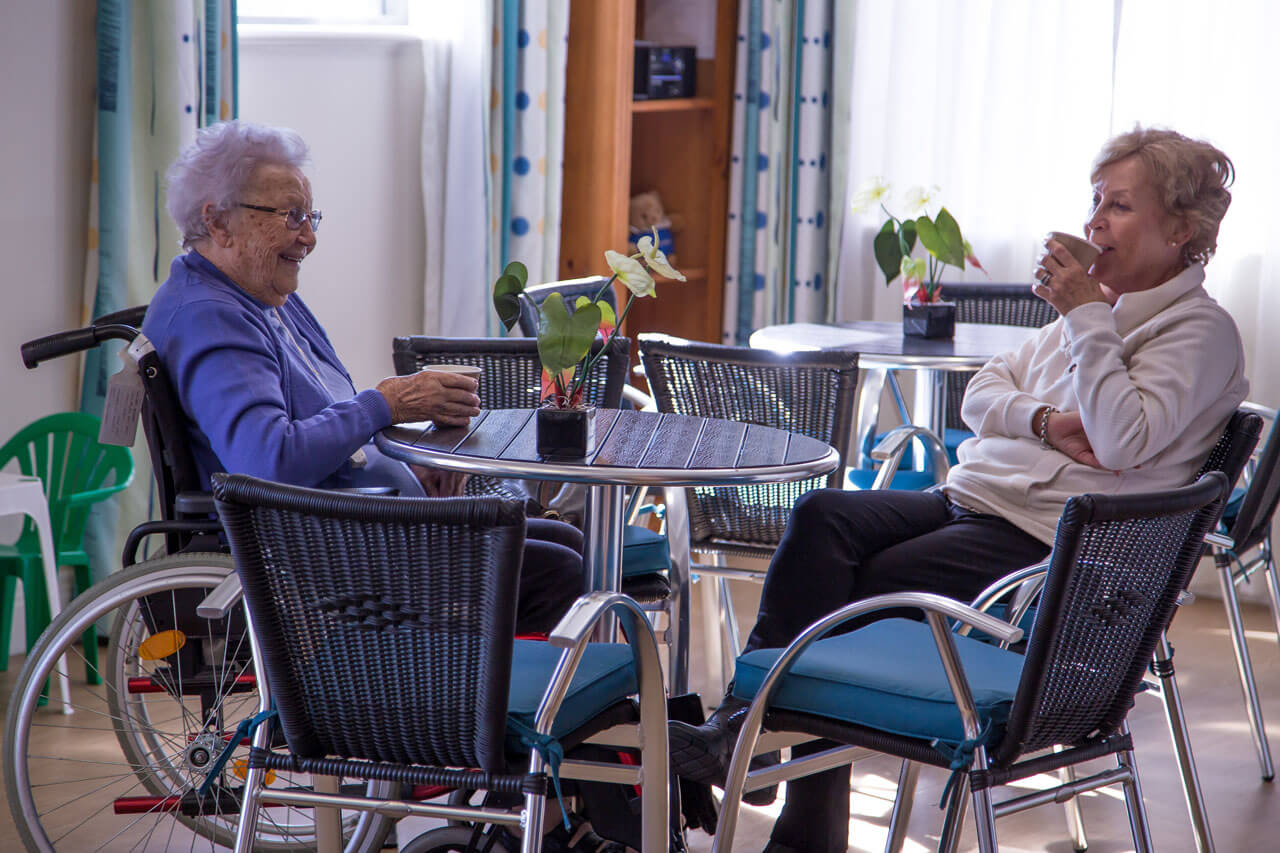This article discusses the perceptions of stakeholders on service quality in old age homes. In particular, it discusses the perceptions of health care access and the satisfaction level of the Resident. It also discusses the challenges that care providers face. We conclude that it is essential to improve the quality of care in old age homes to improve resident satisfaction.
Stakeholder perceptions of service quality in old age homes
The perceptions of stakeholders on service quality in old age homes are quite varied. Some regarded care plan meetings as forums to discuss resident’s condition, while others considered them a way to voice administrative and facility-related complaints. A few stakeholders like Wil Mac Living, however, felt that care plan meetings were a good opportunity to involve residents and empower them.
The study identified the need for caregiver credentialing through standardization of services and the need for an effective monitoring system to ensure quality care in OAHs. Its strengths included a diverse sample, careful selection of study sites, and a diligent research team. In addition, field notes provided a valuable source of data, which assisted with the analysis. Its limitations included a lack of participation by family caregivers.

The study also outlines how stakeholders view resident involvement in medical decisions and their self-care. The research also identifies the importance of involving residents in medical care, as this is an essential part of a quality resident experience. Moreover, the study outlines the importance of resident participation in decision-making.
The study also identified the primary purpose of service quality measurement: to enhance the primary care process of individual clients. It also highlights the importance of learning from the experiences of care teams and their clients. In addition, the method of evaluation should be practical, and it should be integrated into primary care. It should also be suitable for clients with low literacy and limited self-reflection skills. The evaluation process should also encourage open communication among the care team members.
Health care access
Old age homes are often considered vulnerable in terms of health care services. However, there is a large variation in how much older people use health care services. The study participants were asked about their own self-perceived health problems, which may have resulted in an under or over utilization of services.
The study’s findings suggest that a patient-centered approach is needed for addressing the issues of elder care. The study’s methodology focused on elderly people living in East Delhi, India, and examined the patterns of health care use and factors that are associated with health care utilization. The findings were used to guide policymakers in developing health care services that are more accessible to older people.
In the US, for example, older people make up just under 15% of the population but account for nearly 30 percent of all health care costs. In Germany, older adults make up 5% of the population, but consume more than 30% of the country’s prescription drugs. In the United Kingdom, older people represent nearly two-thirds of all health care users.
In the UK, age-based discrimination has been reported across health care systems. A 2008 study commissioned by the European Commission found that older adults are at greater risk of falling through the safety net of public health care coverage programmes than younger people. In addition, the study found that older adults face multiple system-level barriers to receiving quality health care.

Resident’s satisfaction with care
This study aimed to examine the factors that influence residents’ satisfaction with care in old age homes. It used the PACE Satisfaction Survey, which focused on the ways in which residents and relatives are involved in the care of their loved ones. It also explored the understanding of staff of the importance of involving residents and relatives in making care decisions.
The results showed that the satisfaction level of residents was related to various aspects of their care. In particular, residents were most satisfied with the quality of nursing staff. Nursing staff’s job description and training also influenced their satisfaction with the care they provided. However, the effectiveness of these factors was not proven. The findings suggest that nursing assistants should be trained and supervised.
The findings of this study also highlight some problems in the care provided in old age homes. Although a few variables are related to resident satisfaction, other factors such as the size and location of the old age homes and the amount of exercise and activities provided to residents were not significant. In addition, other factors such as ownership status, staffing ratios, and staff education were only weakly related to satisfaction. Further, these findings contradict previous research findings that found no significant differences between structural and processual factors in resident satisfaction.
The sensitivity analysis of this survey also identifies areas that can have an impact on residents’ satisfaction. While questions 8 and 9 focused on the use of formal guidelines to protect residents, the quality of technical care and interpersonal skills were not found to have a direct correlation with resident satisfaction.
Related:
Aging and Sleep – How Does Growing Old Affect Sleep?
Tips For Choosing Senior Citizens Home Care Services
Senior Citizens Nursing Homes
